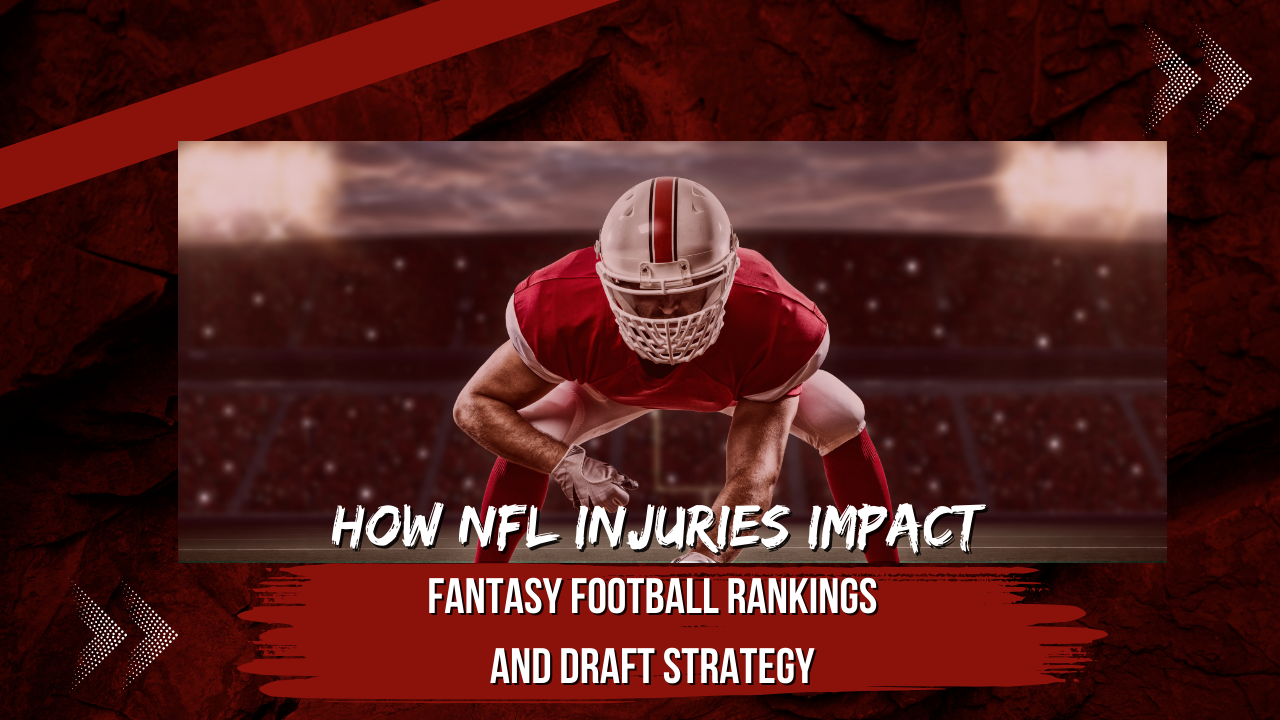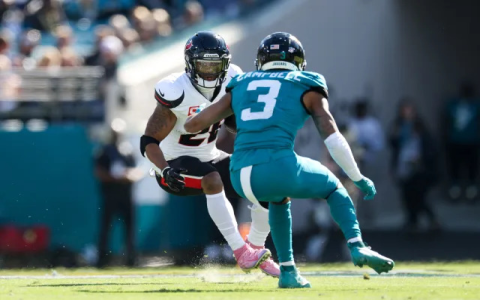Alright, let’s talk about “questionable” in fantasy football. It’s a word you see all the time, especially close to game day, and it can be a real headache for your lineup decisions.

How I Started Looking Into It
So, I was managing my fantasy team (like I always do), and I noticed my star running back was listed as “questionable.” I panicked! What does that even mean? Is he playing? Is he gonna be a decoy? Is he gonna get injured again on the first play? All these thoughts raced through my head. That’s when I decided I needed to figure out what this “questionable” tag really meant.
Digging into the Definition
First, I just googled it. Turns out, the NFL (and by extension, fantasy football sites) uses the “questionable” tag to indicate that a player’s availability for a game is uncertain. Specifically, the player has about a 50% chance of playing. Okay, that’s… helpful, but not that helpful.
Beyond the Definition: My Research Process

Seeing a “50% chance” is not enough. Here’s what I usually do when a player is listed as questionable:
- Check Team News: I scoured Twitter for beat reporters (those guys who cover the team every day). They usually have the inside scoop after practices and press conferences. Any hints about how the player looked, or what the coach said, can be gold.
- Look at Injury Reports: The official NFL injury reports are crucial. They’ll tell you why the player is questionable (knee, ankle, hamstring, etc.). A hamstring injury is usually more worrying than a bumped elbow.
- Consider Game Time: If it’s a Sunday afternoon game, you have more time to gather info. But if it’s a Thursday night game, or a Sunday night game, you might have to make a snap decision based on limited info.
- Check the Player’s History: Does this player have a history of playing through injuries? Is he known for being tough? Some guys are more likely to gut it out even when hurt.
- My Gut Feeling: Yeah, I know it sounds silly, but after following the NFL for years, you develop a sense. Sometimes, based on everything you’ve read and seen, you just have a feeling about whether a player will play or not.
Making the Tough Call
After I have all this info, I have to decide whether to start the player or not. This is where it gets really tricky, and frankly, sometimes I still mess it up. Here are some factors I consider:
- My Alternative: How good is the player I’d be starting instead? If I have a solid backup who’s guaranteed to play, the risk of starting the questionable player is lower.
- The Matchup: Is the questionable player going up against a tough defense? If so, maybe I’ll lean towards a safer option, even if it’s not as high-upside.
- My League Situation: Am I a heavy favorite this week? Then maybe I’ll play it safe. Am I a big underdog who needs a miracle? Then I might roll the dice on the questionable player’s upside.
Example: That Running Back Situation
Okay, so back to my questionable running back. After doing all the research, I found out that the injury was minor. The beat reporter tweeted that he looked good in limited practice, and the coach said he was “optimistic” about his chances. My alternative was a okay guy, not great.

The Result
I decided to start him. He played and, score! He scored a touchdown in the first quarter. BUT, and this is a big but, he got injured again in the third quarter and didn’t return. He still gave me a decent point total, but it could have been way better, and also I felt bad for the dude.
The Lesson Learned (and Still Learning)
Dealing with “questionable” players is never easy. There’s no magic formula. You have to gather as much info as you can, weigh the risks and rewards, and ultimately trust your gut. And even then, sometimes you’ll make the wrong call. That’s just fantasy football! Just learn from it and move on.








